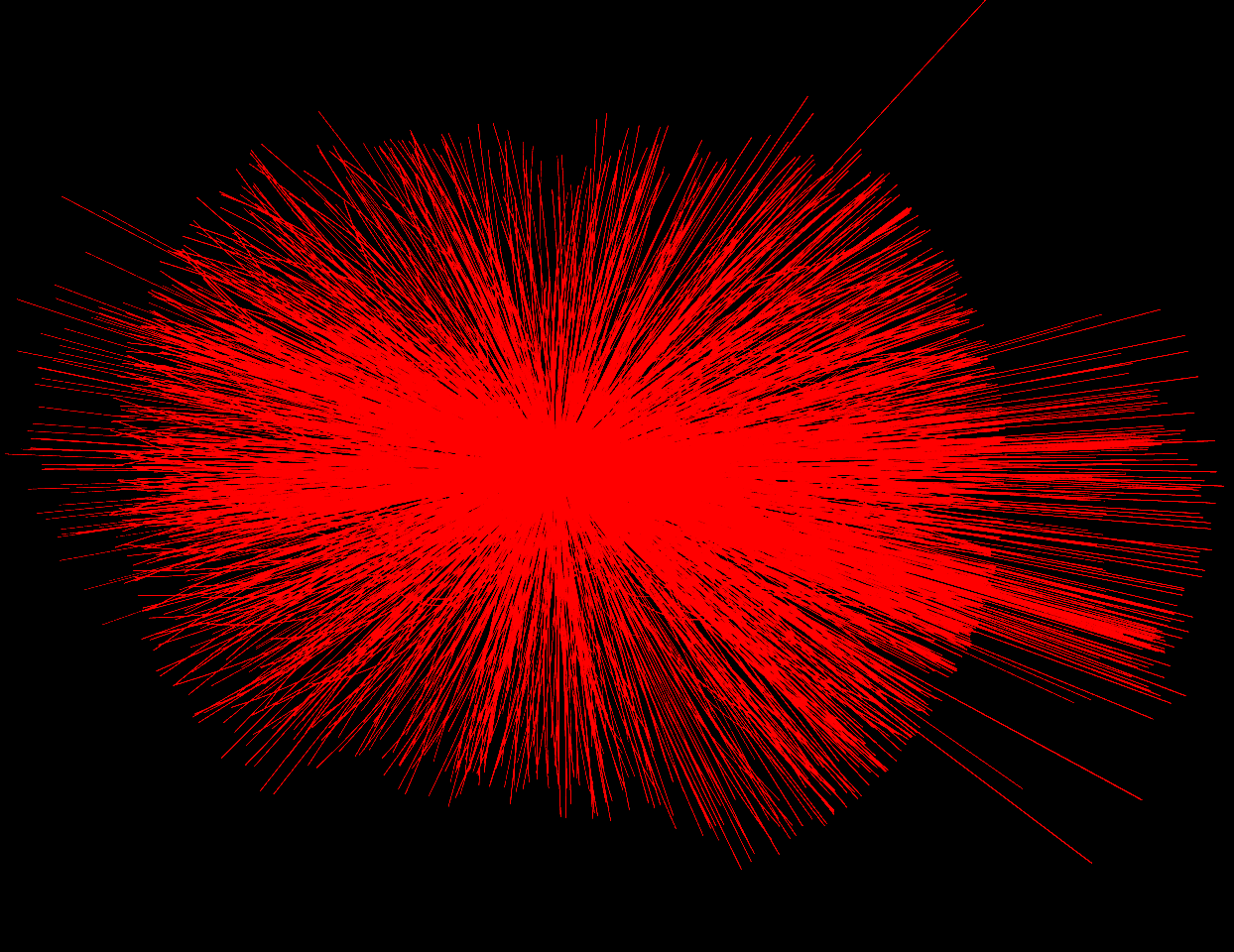ATLAS releases new open software
20 November 2020 | By

The ATLAS Collaboration has just released a collection of 200 software packages that make up the Trigger and Data Acquisition System (TDAQ). With this new release, most ATLAS software is now open – reinforcing the Collaboration’s ongoing commitment to open science.
ATLAS' first major step into open software was the release of Athena at the end of 2018. Athena (available here) is a collision-event processing software used by the experiment for event reconstruction, detector simulation, and other key tasks required for data analysis and the extraction of physics results. “Athena contains some 5 million lines of code in C++ and Python, and was developed by hundreds of collaborators,” says Edward Moyse, ATLAS Software Coordinator from the University of Massachusetts. “Its release helps broaden our collaboration beyond groups involved in particle physics research – and also allows ATLAS students and postdocs to showcase their work to external employers, hopefully boosting their future careers.”
Athena was released under the Apache 2.0 licence, a permissive licence that allows for modifications, reuse and citation. “It is our conviction that, wherever possible, publicly-funded software should be made openly accessible,” adds Moyse. “This is the licence recommended by the High-Energy Physics Software Foundation (HSF) to support ever-more open science in the field.”
It is under this same framework that the ATLAS Collaboration has released its TDAQ software (available here). A central component of the ATLAS operation, the TDAQ software calls fast-operating reconstruction and selection algorithms in the Athena framework to decide which of the 30 million proton-bunch crossings occurring in the ATLAS detector every second should be kept. It is custom software that extracts data in real-time from the experiment, processes it and selects interesting events – all others are discarded.
"It is our conviction that, wherever possible, publicly-funded software should be made openly accessible.”

“We’ve released the full TDAQ software collection: a diverse set of software packages that cover the full scope of data acquisition,” says Wainer Vandelli from CERN and member of the TDAQ Management Team. “It represents nearly two decades of work by some 170 ATLAS members. Altogether, the software has around 1.6 million lines of code (72% C/C++, 12% Java, 10% Python and 6% others).”
One of these ATLAS software packages has already garnered external interest. As part of ATLAS’ Phase-I upgrades, physicists installed a new interface between the data-acquisition system and the experiment’s front-end and trigger electronics. This novel way of reading out detector signals – known as the Front-End Link eXchange (FELIX) – is also being considered by other experiments. “Fermilab’s Deep Underground Neutrino Experiment (DUNE) and CERN’s NA62 experiment have both invested in FELIX hardware and expressed an interest in the software we developed,” explains Reiner Hauser, DAQ/HLT (High-Level Trigger) Software Coordinator from Michigan State University. “The DUNE Collaboration is also considering parts of our TDAQ software for their trigger system. These were all great motivations for us to release the software.”
The TDAQ software had before only been available through limited collaborations with high-energy experiments at CERN or through outreach activities (Beamline for Schools, ISOTDAQ). Having it fully accessible and open source will allow for new types of interactions with the high-energy physics community. “The TDAQ software itself may benefit from the suggestions from other experiments, as they are faced with new challenges,” confirms Vandelli.
With the open release of both the Athena and TDAQ software, the majority of ATLAS software is now in the public sphere. Not only are the current versions openly accessible, all future versions will be automatically public as well. Explore the collections on Gitlab here and here.
Links
- ATLAS Open Software in Github: Athena repository and TDAQ repository.
- High-Energy Physics Software Foundation (HSF)



